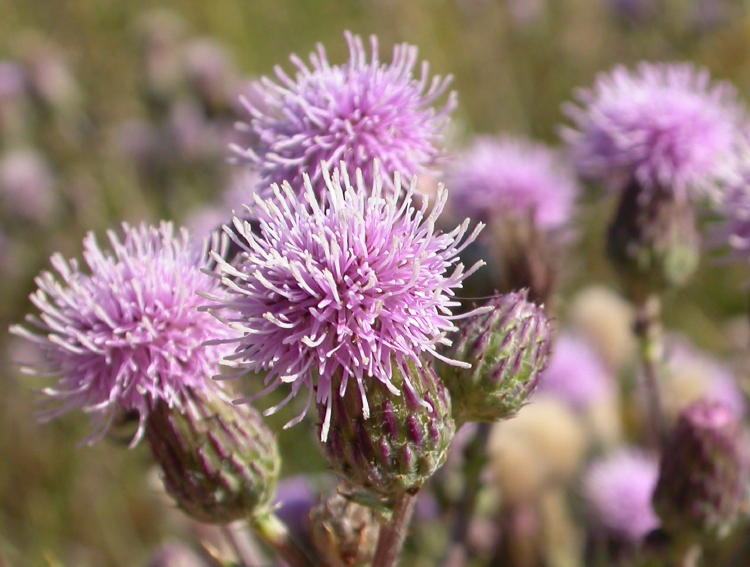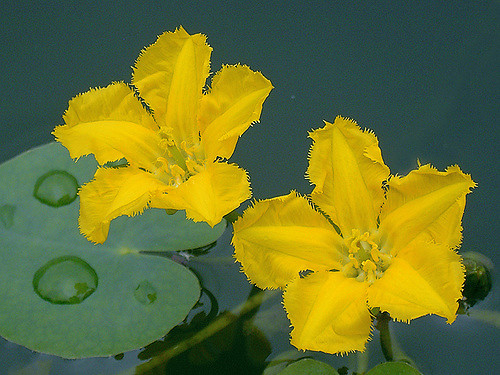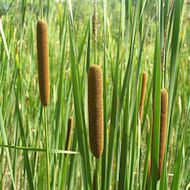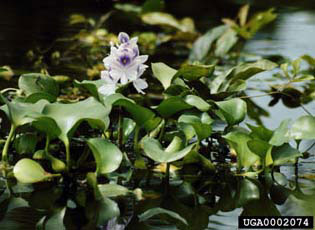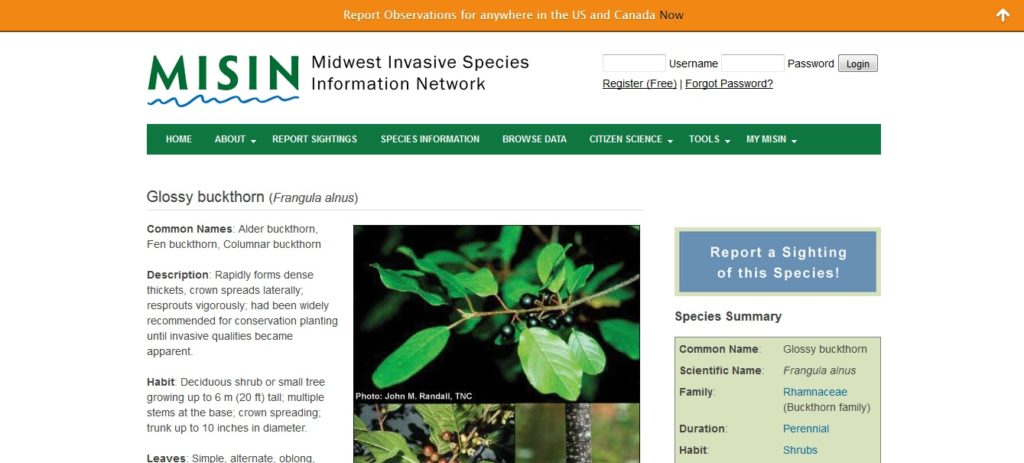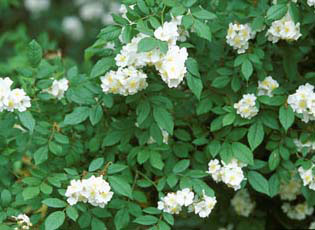Invasive Species
DON'T MOVE FIREWOOD THIS SUMMER!
Summer’s just around the corner, which means so is camping, bird watching, rock climbing, mountain biking, hiking, and every other wonderful activity we’ve all been so anxiously awaiting to partake in as winter and spring roll through. But when you’re out and about this summer, remember that leaving the habitat clear and undisturbed of human…
Read MoreINVASIVES TO WATCH: NORWAY MAPLE
As the weather continues to get nicer, more and more individuals are heading out into the woods for nature hikes, bird watching, or some good ol’fashioned morel hunting. As you’re walking through the woods you may see Sugar Maples, Elms, Pines, Hemlocks, or so on, but have you thought about the forest and do you…
Read MoreINVASIVE SPECIES | ORNAMENTALS
Landscaping, water arrangements, and gardening are among some of the most common practices where ornamental plant species are used. Whether it’s for design, texture, scent, aesthetic pleasure, or the specimen display itself, this type of cultivation, floriculture is very popular among horticulture practices. For a plant to be considered an ornamental, they may require specific…
Read MoreWITH SPRING COMES NOXIOUS WEEDS
Spring is here, the birds are chirping, the grass is turning green, and next comes the never ending yard work once again. However, raking the yard is one of the best times to keep our eyes peeled for those obnoxious weeds and invasives that should be removed. Especially in the ditches where you might find…
Read MoreINVASIVES TO WATCH | YELLOW FLOATING HEART
This last fall, in a pond on the University of Michigan (UofM) Dearborn Environmental Study Area in Wayne County, a high threat aquatic invasive plant known as yellow floating heart was found and removed as part of the state’s Early Detection and Response Program through a joint effort of the MDNR, MDARD, and MDEQ. Learn…
Read MoreINVASIVE ALERT | BE ON THE LOOKOUT FOR NARROW-LEAF CATTAIL
Being the state with over 11,000 lakes leaves many chances for cattails to thrive, which is true even for Narrow-leaf Cattail that has made Michigan home since 1837. This invasive is now long-established and probably originated in Europe or along the Eastern seaboard, from which it moved westward along the railroads and highway ditches. Photo…
Read MoreINVASIVE ALERT: THREATS TO MICHIGAN’S WETLANDS
Nearly 5.5 million acres of Michigan’s landscape are considered wetland, which is roughly 15% of the land area of the state. With increasing reports of water hyacinth, an aquatic plant that has highly problematic invasive tendencies, this just increases our concern for all the threats to critical wetland habitat. Plants at Mara River – Ted D.…
Read MoreKEEPING UP TO DATE WITH INVASIVES: GLOSSY BUCKTHORN
Glossy buckthorn has been planted in the U.S. for nearly 200 years and was commonly used for hedgerows, forestry plantings, and wildlife habitat until its invasive tendencies became apparent. With Michigan being one of the best bird watching states, it’s common for our residents to want to supply the native birds with fruits and seeds,…
Read MoreINVASIVE ALERT: THINK TWICE BEFORE YOU PLANT
Have you ever thought of purchasing trees, shrubs, or flowers, but you just aren’t quite sure what plants you want? Do you want these plants to produce fruit for wildlife watching in your yard or to create privacy from your neighbors? Regardless, when choosing plant species to place on your property, be aware of those…
Read MoreTHINKING FORWARD: PRE-SEASON INVASIVE ALERT
As the blistery months continue to roll on through, thinking about spring and the warmer weather brings anticipation for much needed yard work, trimmings; ditch clean ups, and house cleanings. But before you get into all of that be aware of your yard and any invasives that may be in the area. Spring time can…
Read More
